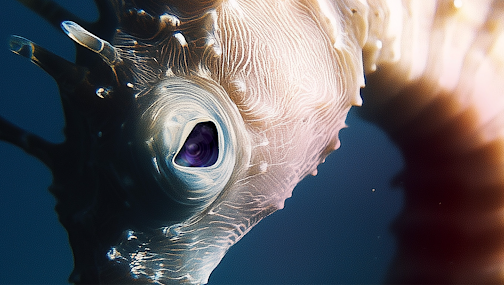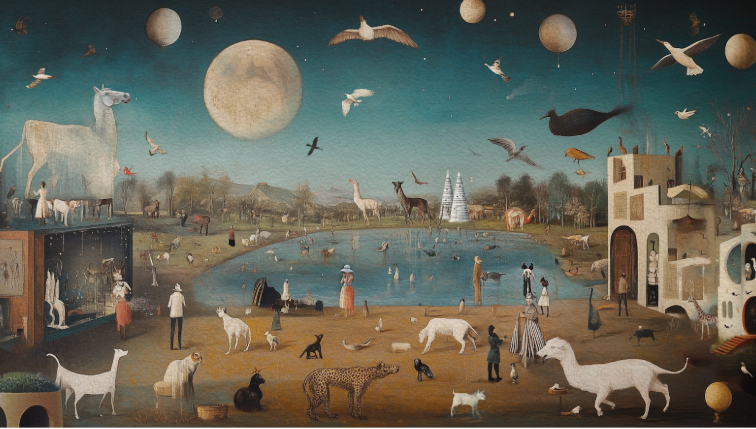superFUTURES: Ficta Ordo
In 2025/26, superFUTURES project "Ficta Ordo” explores speculative ethnography through space, set, and film to prototype systems of organisation across human and more-than-human scales.
Ficta Ordo
In Fischer’s terms (1), Ficta Ordo is a form of anticipatory ethnography, not just meaning the documentation of existing everyday habits, but rehearsing new ones, where humans and other-than-humans work together as Donna Haraway writes; to “stay with trouble” (2).
This project embarks on a research-led exploration of how future life across species could be lived through new rituals and routines that unpick normative governance and orders (3). Collaborating with a global network of ethnographic, and anthropological experts, you will develop future scenarios based on ‘rehearsing the rituals of tomorrow’. Here, space and the interior is not a backdrop but a catalyst, and film-making is your tool (4).
Through space, set, film and more, you will generate ‘epistemic artefacts of the not-yet’; prototypes of interspecies societal-structures that surface hidden or new values of hierarchy, fairness, and reciprocity (5). You will learn how to use futures and foresight methods, scenario planning, storytelling and world-building to speculate new possibilities for the built environment.
References
- Fischer, M.J. (2009) Anthropological Futures.
- Haraway, D. (2016) Staying with the Trouble: Making Kin in the Chthulucene.
- Young, Z. (2002) A New Green Order?: The World Bank and the Politics of the Global Environment Facility.
- Barton, G. (2016). The grey area between reality and representation: The practices of architects and film-makers.
- Morton, T. (2013) Hyperobjects: Philosophy and Ecology after the End of the World.

From Spring to Mouth and All Between, by Elinor Henry (2025).
About superFUTURES
We do not design interiors. We design worlds and we design stories; where spaces and species collide in unique and innovative ways. For us, ‘the interior’ is many things - research, language, process, ingredient, catalyst but it is not our outcome, or product, or object.
We bring futures close enough to be felt, not just imagined. Because facts alone do not change behaviours. Only emotions can do that.
Film is our method for doing this: exploring alternatives, imagining other ways of being, questioning the role of the built environment in futures yet to come. This is a critical positioning of the discipline: don’t ask how to do it, ask why to do it. In doing so, we stretch a well-worn field, asking it the questions it has never had to face.

Misaligned 36º , by Xinyi Huang (2025)



